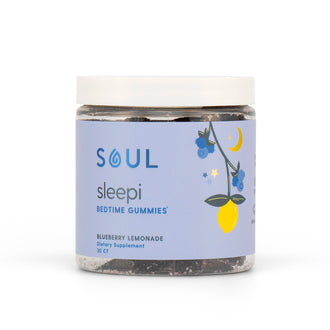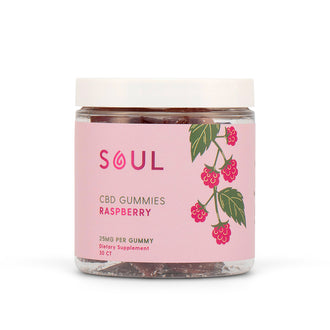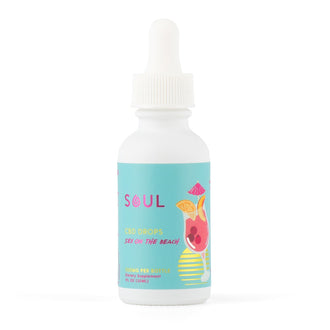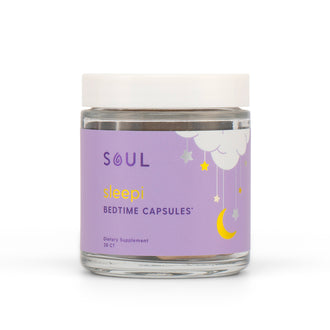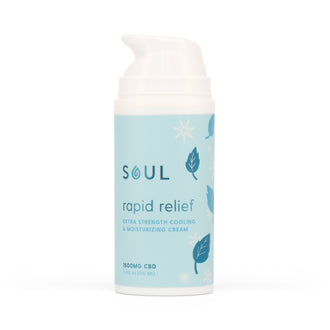Topical CBD has been the subject of several recent studies–and many have shown promising results.
For example, one study applied CBD gel to inflamed joints in rats with arthritis and found that those areas showed reduced swelling.
But how does topical CBD work? In this article, we’ll give you the answers.
How CBD Affects the Body
First, let’s briefly explore how any type of CBD (topicals, oils, tinctures and more) interacts with your body to create calming effects.
Did you know that humans have an endocannabinoid system?
Until it was discovered in the 1990s, no one did. In fact, the endocannabinoid system (or “ECS”) was named after cannabinoids–the molecules found in the cannabis plant. That’s because the ECS was first found after scientists realized it was the system that interacted with cannabinoids to produce the felt effects of ingesting or smoking marijuana.
Now, we know that the ECS does a whole lot more. For instance, the ECS is wide-ranging, with parts found in the brain and nervous system as well as the digestive system.
On the most basic level, the ECS is responsible for maintaining our bodies’ homeostasis. That means that the ECS helps maintain our 98.6-degree body temperature, regulate our mood and stress response, keep inflammation in check, make sure digestion is going smoothly and regulate our sleep.
When the ECS isn’t functioning properly, it can lead to conditions like Irritable Bowel Syndrome (IBS) or chronic migraines.
CBD is able to interact with the endocannabinoid system, and it has been known to help alleviate the symptoms caused by an ECS that’s not working right.
How Topical CBD Works
Topical CBD is applied directly to the skin, rather than ingested. So, how it affects your body is a bit different.
When CBD is ingested, it passes through your digestive system and then into your bloodstream. This creates a whole-body effect, with CBD helping your ECS in all kinds of places, like your nervous system and your digestive system.
When CBD is applied topically, it reaches the specific cannabinoid receptors that are nearest to the area you put it. Probably, those receptors will be right below the skin. This means that you get a more powerful, targeted effect on a certain area rather than on your whole body.
Topical CBD has been shown to have an analgesic effect where it’s applied. Plus, unlike synthetic topical anti-inflammatory creams, a CBD topical cream shows no evidence of causing side effects like skin rashes.
One thing to keep in mind when choosing a CBD topical cream is to opt for a thick, heavy cream. For topical CBD to be effective, it must be able to penetrate through the skin, so the heavier, the better.
Topical CBD is Safe to Use
To close out this article, it’s important to say that even though the research on using a CBD topical is still emerging, there’s been zero evidence that it could be harmful.
So, the best idea is to experiment with topical CBD and see how it works for your body. After all, you’ve got nothing to lose (and may have a lot to gain!).
